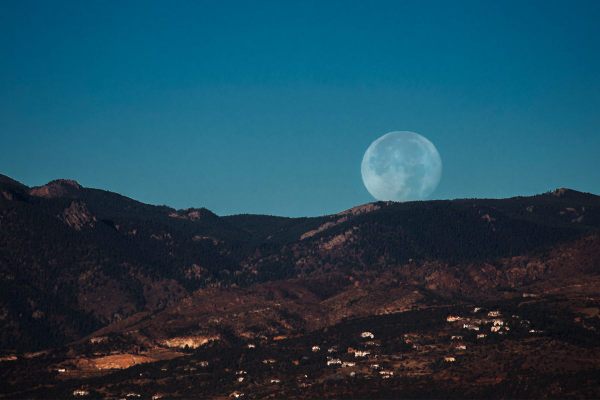Six Stories to Illuminate the Upcoming ‘Ring of Fire’ Eclipse
The annular eclipse will make its way across the Western Hemisphere on October 14.
Six years ago, when the moon blocked out the sun over a vast swath of the United States, Atlas Obscura had a slight case of Eclipse Madness. So we’re all set to help guide you through the annular eclipse, also known as a “Ring of Fire” eclipse, that will cut a swath across the Western United States and Central and South America, on October 14, 2023. How do animals react to an eclipse’s mysterious daytime darkness? Why does Uganda have two monuments to the phenomenon? And who makes all those eclipse glasses, anyway? And this is just a sweetener before another big show: the April 8, 2024, total solar eclipse that will travel across the Midwest and Eastern United States. Stay tuned, we may go a little crazy then, too.
What We Know About How Animals React to an Eclipse
by Jessica Leigh Hester
In 2017, we humans knew a total eclipse was coming, but other animals didn’t. They didn’t mark their calendars or road-trip to Oregon. For almost all of them, complete darkness in the middle of the day was a foreign concept and scientists were ready to capture their reactions. It’s not the first time researchers had done this: Reports from the 1850s and 1930s documented responses such as ants skidding to a stop and crickets chirping “as loud as on any summer’s night.” But in many respects, 2017 marked a new frontier of eclipse-animal data-gathering.

Why Uganda Has Two Eclipse Monuments
by Eric Grundhauser
Solar eclipse events are transient by their very nature, so permanent monuments to such celestial events are scarce. But in Uganda, there are two that honor important eclipses from the area’s past, which, given how few monuments to the phenomenon exist, might make the country the eclipse monument capital of the world.
Was the First Eclipse Prediction an Act of Genius, a Brilliant Mistake, or Dumb Luck?
by Natasha Frost
The ancient philosopher Thales of Miletus had no access to advanced scientific knowledge or equipment when he predicted a solar eclipse in 585 B.C. But he was right. Just how he “foretold this loss of daylight,” as Greek historian Herodotus wrote, is a mystery that has puzzled and divided classicists and scientists for centuries.

Meet the Folk Art Collector Who Makes Your Eclipse Glasses
by Eileen Townsend
John Jerit may be one of the very few people in America you could describe as “eclipse rich.” Jerit’s business, American Paper Optics—one of the major American manufacturers of NASA-approved eclipse glasses—booms every time the sun’s disk is covered by the moon.
A Look Into the World of Umbraphiles
by Andy Wright
For some people, one eclipse is not enough. Meet the community “umbraphiles”—for the Latin word “umbra” meaning “shadow”—who chase darkness across the globe.

How Edmond Halley Kicked Off the Golden Age of Eclipse Mapping
by Sarah Laskow
In 1715, Edmond Halley published a map predicting the time and path of a coming solar eclipse. It showed England with a broad, gray band across it, with a darker patch within that where the moon’s shadow would pass over the land. It was simple and clear—a piece of popular media as much as a scientific document—and it helped bring the celestial phenomenon down to Earth.
























Follow us on Twitter to get the latest on the world's hidden wonders.
Like us on Facebook to get the latest on the world's hidden wonders.
Follow us on Twitter Like us on Facebook